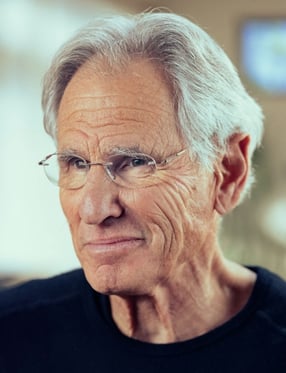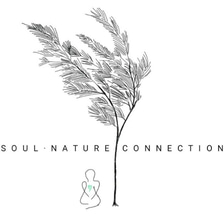


Forest bathing (or Forest Therapy) isn't hiking or simply strolling through the woods.
It's not about reaching a destination—it's about being fully present, right where you are.
The pace is unhurried, the intention rooted in connection rather than movement.
The practice of forest bathing, known in Japanese as 'Shinrin-yoku' (森林浴), has its roots in Japan in the early 1980s.
'Shinrin-yoku' literally means “forest bath”—not in the sense of water, but in immersing oneself in the atmosphere of the forest through the senses.
In essence, the practice allows one to fully open up to the atmosphere of the forest.
To move gently, noticing the subtle details around you. Allow these experiences to settle and awaken within you.
Forest Bathing


Mindfulness is the practice of paying full attention to the present moment—on purpose and without judgment. It means noticing what’s happening in your body, mind, and surroundings right now, rather than being caught up in the past or worrying about the future.
It can look like:
Feeling the warmth of the sun on your skin.
Noticing your breath as it goes in and out.
Tuning in to your thoughts and emotions without trying to change them.
Mindfulness isn’t about clearing your mind or forcing yourself to feel a certain way. It’s about being aware of what is, with kindness and curiosity. Over time, practicing mindfulness can help reduce stress, improve focus, and deepen your connection with yourself and others.
Mindfulness is really just about being fully here—tuning in to what you’re feeling, thinking, and experiencing.
Mindfulness


The concept of holding space refers to the practice of being fully present with someone—emotionally, mentally, and energetically—without trying to fix, judge, or control their experience. It involves creating a safe, compassionate, and non-judgmental environment where a person feels supported, heard, and free to express themselves as they are.
Presence – Being emotionally available and grounded, offering your full attention.
Non-judgment – Suspending criticism or the need to give advice; allowing others to speak and feel freely.
Compassionate Support – Offering empathy, kindness, and validation without taking over their process.
Emotional Safety – Creating a space where vulnerability is welcome and people feel safe to explore difficult emotions.
Respect for Autonomy – Trusting the person's ability to make their own decisions and navigate their own healing or insight.
Holding Space
